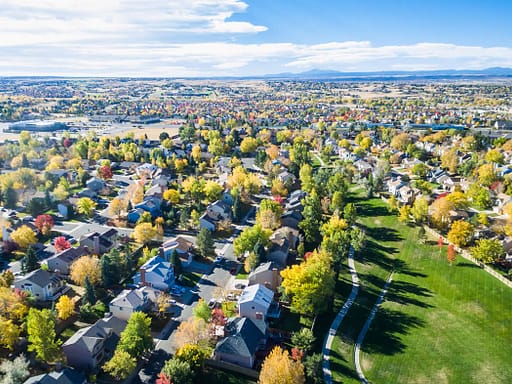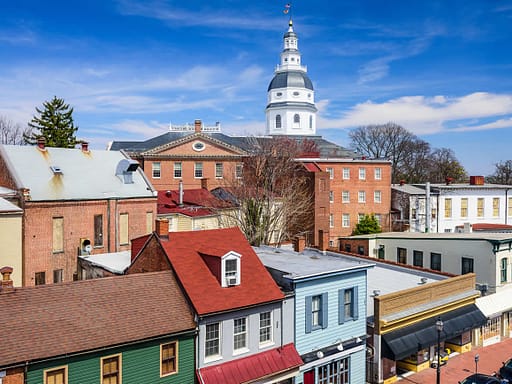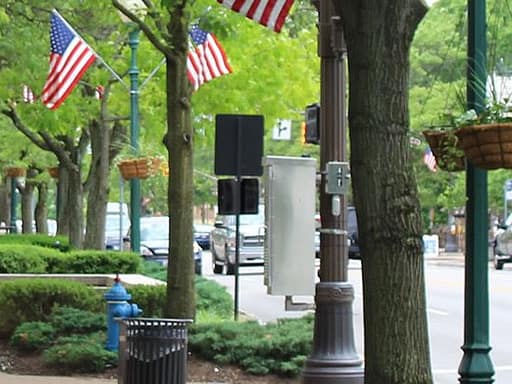When it comes to real estate, savvy buyers know that the true value lies not only in the property itself, but also in the neighborhood that surrounds it. Great neighborhoods offer more than scenic streets or top schools—they influence daily life, long-term equity, and overall well-being. Yet all too often, assessments overlook the actual price differentials that neighborhood assets command. So how much is a great neighborhood worth? Let’s explore, through compelling statistics, just how much premium features can drive home values—and whether that premium justifies the price.
How Much More Do Buyers Pay for the Right Zip Code?
Homes situated in highly rated school districts can command astonishing price premiums. In some markets, properties located in top-tier districts sell for nearly 400% more than metro-area averages (The Times of India). Even more granularly, a boundary line can create dramatic disparities in value. In Charlotte, two similar homes on either side of a school zone boundary—one zoned for a “B” school and the other for a “D”—exhibited sale prices that differed by as much as $100,000, translating to roughly a 30% price gap says Axios.
Clearly, when it comes to high-performing schools, buyers are paying not just for education—but for the prestige, perceived safety, and promise of higher resale value.
Nature’s Edge: Trees, Green Features, and Water Proximity
Green environments aren’t just pleasant—they’re profitable.
Homes with robust tree coverage—both on the property and throughout the neighborhood—can enjoy a 3% to 15% increase in value, depending on the extent of canopy. Eco-conscious buyers can reap financial rewards too. In the Bay Area, homes with green certifications sold for 2.19% higher, translating—in an area where median home prices exceed $850,000—into an extra $18,751 on average according to Build It Green.
Waterfront views command an even steeper premium. One analysis revealed that lakefront properties can be worth up to 90% more than similar dry-land homes. Even homes with views or partial access to water see substantial lifts—between 26% and 61% depending on how close or direct the access says Midland Daily News.
Urban vs. Suburban: The Persistent Urban Premium
If you’ve ever wondered whether being in the city center is worth it, the data says yes. The typical urban home in the U.S. sells at an $80,000 premium over its suburban counterpart according to a City Observatory article. Urban properties also tend to appreciate faster—recent data shows an annual gain of 8.8% in value, compared to 6.0% in suburbs.
Pulling It All Together: The True Value of a Great Neighborhood
Let’s stitch these statistics into a cohesive narrative about the real cost—and return—of living in a great neighborhood.
Imagine two homes that are identical in size, age, and construction quality—but one is in a high-demand area, and the other is not. The price gap between them could look something like this:
- A 23% premium for walkability ($77,000 extra)
- A 30% boost for top school zoning (hundreds of thousands in value)
- A 10% green/neighborhood canopy lift
- A potential 50–90% jump for lakefront proximity
- An urban premium of around $80,000
Add them cumulatively (though in practice, these benefits overlap and don’t simply stack linearly), and it becomes clear that neighborhood advantages can mean hundreds of thousands in additional value—sometimes doubling the price tag of an otherwise similar property.
Is That Premium Worth It?
For those planning to stay a decade or more, the answer is often yes. Homes in high-amenity neighborhoods not only hold value better during downturns, but they also tend to appreciate more consistently over time. You gain in lifestyle benefits—walkability, safety, community—and in equity.
However, buyers face a balancing act. Not every premium is right for your budget or stage of life. A family prioritizing schools may find that investment worthwhile. A remote worker with a tight budget might instead opt for an up-and-coming neighborhood, placing more emphasis on future equity and less on immediate prestige.
How to Gauge Value with Clarity
When evaluating a neighborhood, use tools like AreaVibes to compare livability: walk score, crime rate, school quality, amenities, and more. But don’t stop there. Dig into actual sales data to see how much premiums are manifest.
Calculate not just the mortgage but the total cost of ownership—taxes, insurance, commute time, and school or other lifestyle choices. Compare neighborhoods based on what matters most to you and overlay the data. Visit in person, talk to locals, and let the intangible—how it feels to walk down the street—guide the final decision.
Final Takeaway
Yes—a great neighborhood often costs significantly more—and for many buyers, that cost is well worth it. Whether it’s top schools, access to nature, walkability, or the urban lifestyle, those hidden—or sometimes glaring—factors can translate into anywhere from 20% to over 100% in value premium.
The key is alignment. If what a neighborhood offers matches what you value, the “extra” you pay may be your best investment yet. Let the data guide you, listen to your instincts, and remember: home is more than just four walls—it’s where life unfolds.






